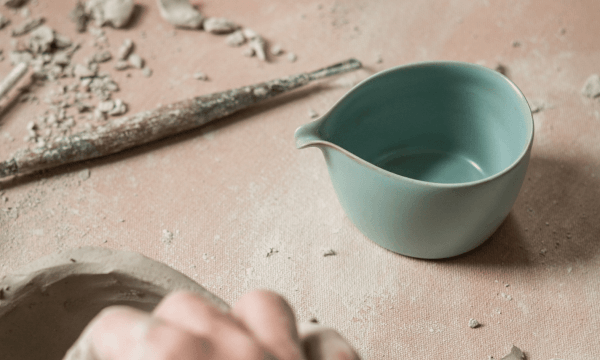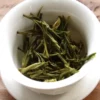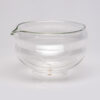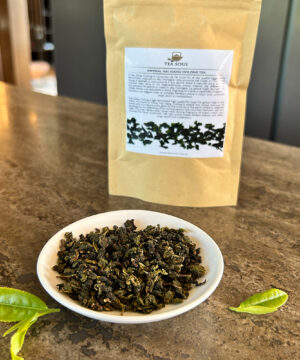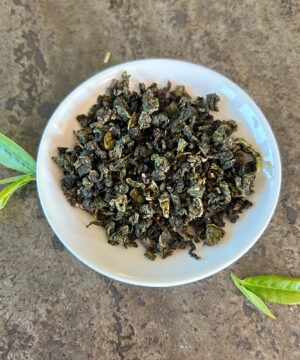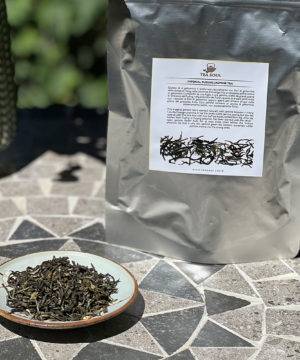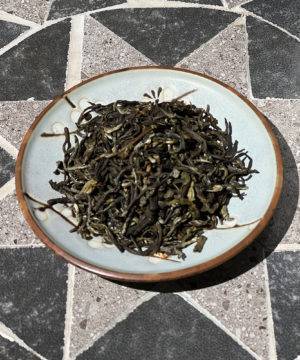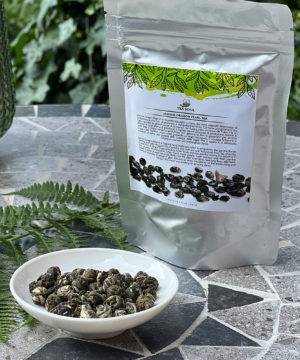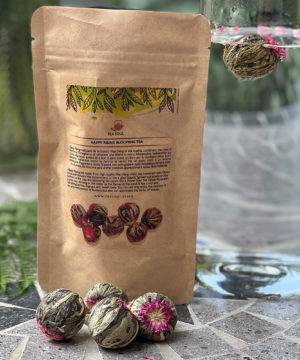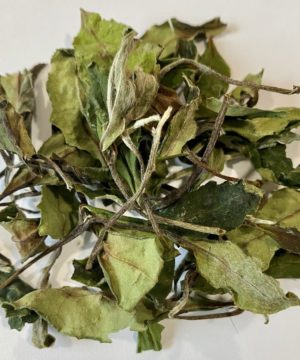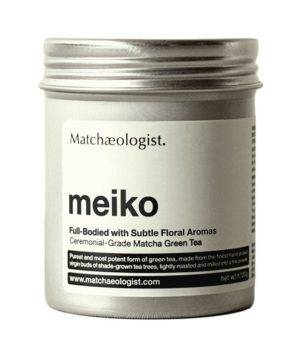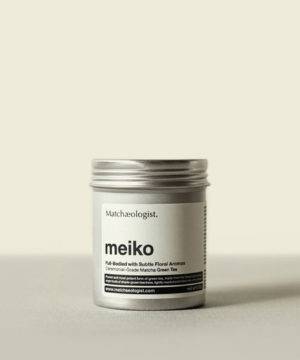



















Ink Mountain 2018 Sheng (Raw) Puer Tea 357g
47.50€ Taxes included
Ink Mountain 2018 sheng (raw) puer tea grows in a small, 30-year-old plantation on the mountain Bulang at an altitude of 1,200 m. It is a tea harvested in the spring with a proportion Of one bud and three leaves, carefully selected and pressed in spring 2018. The taste is fresh and sweet, with vegetal notes with a long persistence.
In stock
Purchase & earn 43 points!
SKU: B1020298
Categories: Puer Sheng Crudo, Tea, 50% Off, Puer tea, Tea puer sheng, COLLECTIONS
DON'T MISS DISCOUNTS AND NEWS!
Subscribe to our WhatsApp channel and receive all updates quickly and conveniently!
Subscribe to our WhatsApp channel and receive all updates quickly and conveniently!
The leaves of Ink Mountain 2018 sheng (raw) puer tea come from the Bulang area located in the Yunnan region of southern China. In order to better understand this product, it is necessary to investigate the area of origin of its leaves as, in most cases, it is the place of origin itself that gives the tea its name and main organoleptic qualities. This puer, specifically, is composed mainly of the crop made in the Bulang mountainous area south of Xishuangbanna Autonomous Prefecture at the most extreme southwestern point of Yunnan. The leaves in question were then carefully sorted and pressed in spring 2018 by a factory located near the city of Mengku. The indication on the factory where the leaves arrive is useful to emphasize that behind this puer is a certain style or type of research designed by a special group of tea masters to enhance the territorial characteristics of the product.
When tasting the infusion of this puer sheng, one can feel, both in the body and in the flavor, an oily characteristic capable of mixing with the generally vegetal taste of the infusion. As with many other young raw puer, the typical vegetal and slightly sweet traits of these products will linger in the mouth but, in addition, there will be a particularly refreshing sensation. This fresh effect is often a characteristic that can be traced in puers with already some years of aging, but here one can have an anticipation of it that enhances, in particular, the herbaceous flavors of the product.
Place of origin
Bulang – Yunnan, China
Production
After the harvest the leaves whither under the sunlight for a certain period of time depending on the tea masters evaluations before going into the “killing of the green” phase which is similar to the practice adopted for green teas. In this case, however, the leaves are heated in the iron wok with a lower temperature than the usual standards for a green tea so it is possible to preserve some enzymes capable of changing the the taste of the tea through the time. After being pan-fried the leaves rest during the night time before the last drying phase under the sun in the next day. In this stage the product is called maocha and it is ready to be (eventually) pressed in order to have the best conditions to being transported and aged. To press the leaves they are passed through for a few seconds by a strong jet of steam so that they are made soft on the outside, and then they are gathered into a sock or sack that will give the product its shape, usually discoidal. To ensure that this structure remains fixed over time the sack is left for hours under a stone or mechanical press while the leaves lose that residual moisture taken up by the steam in the previous step.
How to prepare
We strongly recommend infusing this tea in the traditional Chinese method (Gong Fu Cha) with a gaiwan with a capacity of about 150 ml. By following this preparation, multiple infusions can be made with 5 grams of leaves that are useful to best capture all the flavor nuances of the tea.
Heat the water to a temperature of 90°C: conduct a short rinse of the leaves and then an initial 20-second infusion. Keeping the water at the same temperature, you can then continue to exploit the same leaves by adding more water and increasing the infusion time by 5 seconds each time (20 – 25 – 30…).
This tea has a longevity of 7 brewings.
For a more classic preparation in the Western style, we recommend 3 grams of leaves in a 200-mL cup with water at 90°C for an infusion time of 2 and a half minutes.
For a better tasting experience, we suggest that you strain the tea as soon as the brewing time is over. The infusion timings we suggest can be slightly modified to your liking to achieve a more or less intense taste.
Store in a cool, dry place away from direct sunlight.
| Weight | 0.365 g |
|---|---|
| Detail - Temperature | 90°C |
| Detail - Brewing | refreshing |
| Feature - Caffeine | Medium caffeine |
| Preparation - Gaiwan | 5gr x 150ml / 20-25-30… sec / 7 infusions |
| Preparation - Mug | 3gr x 200ml / 2 minutes and a half / 2 brewings |
| Feature - Oxidation | Partial oxidation |
| Other - Origin | China |
| Other - Taste | Vegetal / Sweet |
| Other - Instants | Drink |
| Season |
Still no Reviews for this Product
Related products
Tea Ouer Shu
8.00€ Taxes included
Earn up to 30 points.
This product has multiple variants. The options may be chosen on the product page
COLLECTIONS
9.20€ Taxes included
Earn up to 63 points.
This product has multiple variants. The options may be chosen on the product page
10.40€ Taxes included
Earn up to 78 points.
This product has multiple variants. The options may be chosen on the product page
TrovaPrezzi
9.20€ Taxes included
Earn up to 61 points.
This product has multiple variants. The options may be chosen on the product page
9.20€ Taxes included
Earn up to 34 points.
This product has multiple variants. The options may be chosen on the product page
9.20€ Taxes included
Earn up to 81 points.
This product has multiple variants. The options may be chosen on the product page
REGIONS
9.20€ Taxes included
Earn up to 41 points.
This product has multiple variants. The options may be chosen on the product page
TrovaPrezzi
38.05€ Taxes included





